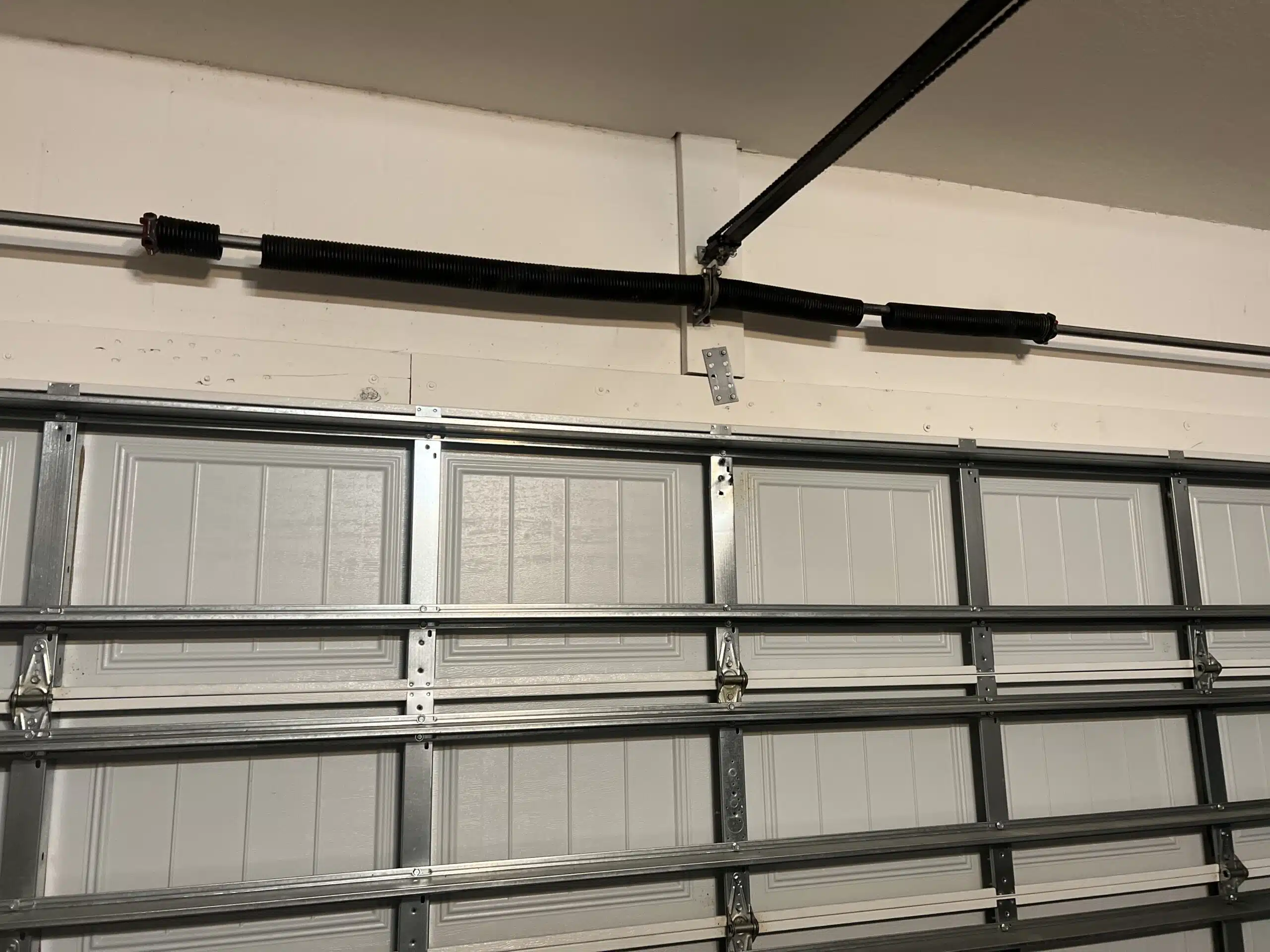Common Garage Door Problems and Just How to Repair Them
Garage doors are vital for both safety and security and convenience, yet they frequently provide a variety of usual issues that can discourage homeowners. While some concerns might show up uncomplicated to solve, others may require an extra nuanced understanding of garage door auto mechanics.
Noisy Garage Door Procedure
A loud garage door procedure can be a substantial resource of inconvenience for homeowners, frequently suggesting underlying mechanical issues. Such interruptions may originate from various reasons, including worn-out rollers, loosened equipment, or insufficient lubrication. Recognizing the source of the sound is critical for reliable resolution.
One usual reason of too much sound is the presence of corroded or damaged rollers. Gradually, these components can weaken, resulting in grinding or squealing sounds as the door steps. Normal evaluation and replacement of these rollers can substantially lower noise degrees. Additionally, loose screws or screws in the door mechanism can produce rattling noises during operation. Tightening up these fasteners guarantees a more steady and quieter movement.
One more adding element is poor lubrication of the door's relocating parts. Using a premium lubricating substance to the tracks, springs, and rollers can substantially diminish rubbing and sound. House owners should do this maintenance regularly to maintain optimal efficiency.
Lastly, the garage door opener might additionally produce noise due to its age or mechanical problems. If the sound continues regardless of dealing with various other aspects, speaking with a specialist for a complete assessment and prospective repair might be essential.
Door Won't Open Up or Close
Experiencing a garage door that will not open or close can be extremely discouraging and commonly signals a malfunction within the system. Several elements can add to this problem, and identifying the origin cause is important for efficient resolution.

Next, inspect the security sensing units situated at the base of the door. These sensing units can become misaligned or blocked by particles, protecting against the door from operating appropriately. Tidy the sensing units with a soft fabric and guarantee they are straightened.
Furthermore, the garage door's inner parts need to be reviewed. Problems such as a broken spring, damaged rollers, or a harmed opener can hamper movement. If any components show up to be harmed, it might be advisable to get in touch with a professional for repair work.
Misaligned Tracks
(Quick Solutions)Misaligned tracks can seriously interrupt the smooth operation of a garage door, resulting in functional failures such as uneven movement or total immobilization. This issue typically emerges because of a range of aspects, consisting of deterioration, unintended impacts, or improper setup. When the tracks are misaligned, the rollers can stagnate openly, which not only strains the electric motor but additionally positions safety threats.
If you discover any disparities, it is critical to resolve the concern quickly. Very carefully tap the track back into its appropriate setting using a rubber club or a comparable tool, ensuring it is straight and level.
As soon as the placement is dealt with, retighten the screws to safeguard the track. For a much more long-term solution, take into consideration strengthening the tracks with added braces. Regular maintenance, including cleansing the tracks and guaranteeing rollers remain in good problem, can prevent future misalignments. By dealing with misaligned tracks quickly, you can bring back the capability of your garage door and improve its durability.
Broken Springs
Among the different parts of a garage door system, broken springtimes are one of one of the most typical problems that can substantially impede its performance. Garage door springs are vital for balancing the weight of the door, permitting smooth opening and closing. When a springtime breaks, Dependable Results it can result in a door that is challenging to operate or, in many cases, totally unusable.
There are 2 primary kinds of springs: torsion springs, which are placed over the door, and expansion springs, found on either side. Indicators of a busted springtime include a door that won't open, a noticeable gap in the spring, or a loud noise throughout operation. Trying to operate a garage door with a busted spring can create additional damages to the door or the opener.
Fixing broken springtimes is not a do it yourself job; it requires specialized tools and proficiency due to the high stress involved. It is advisable to seek advice from a professional specialist that can safely replace the springtimes and make sure the door is appropriately stabilized. Routine upkeep and examinations can assist avoid spring failings and expand the life-span of the garage door system.
Remote Issues

If the remote still falls short to operate, examine the garage door opener to make certain that its sensors are tidy and unhampered. Dirt, particles, or imbalance may prevent the signal transmission between the remote and the opener.
Interference from other digital tools can likewise impede remote performance. Guarantee that close-by devices, such as wireless routers or cordless phones, are not causing disruptions. garage door service. If interference is believed, attempt moving these tools better far from the garage door opener
In some situations, the remote may need to be reprogrammed. Speak with the supplier's guidelines to reset the remote control and integrate it with the garage door opener. If all else fails and the remote remains to malfunction, take into consideration getting in touch with a professional specialist for an extensive examination and possible replacement of the remote or opener.
Final Thought
(Prompt Service)In summary, typical garage door issues can substantially impact performance and safety and security. Attending to loud operation entails lubrication and tightening up hardware, while issues with opening or closing call for assessment of source of power and sensors. Misaligned tracks can be fixed with adjustment, although damaged springtimes necessitate expert treatment. Remote control malfunctions generally arise from weak batteries or interference, which can be resolved through replacement or reprogramming. Positive upkeep and timely fixings can make certain optimal efficiency and long life of garage doors.